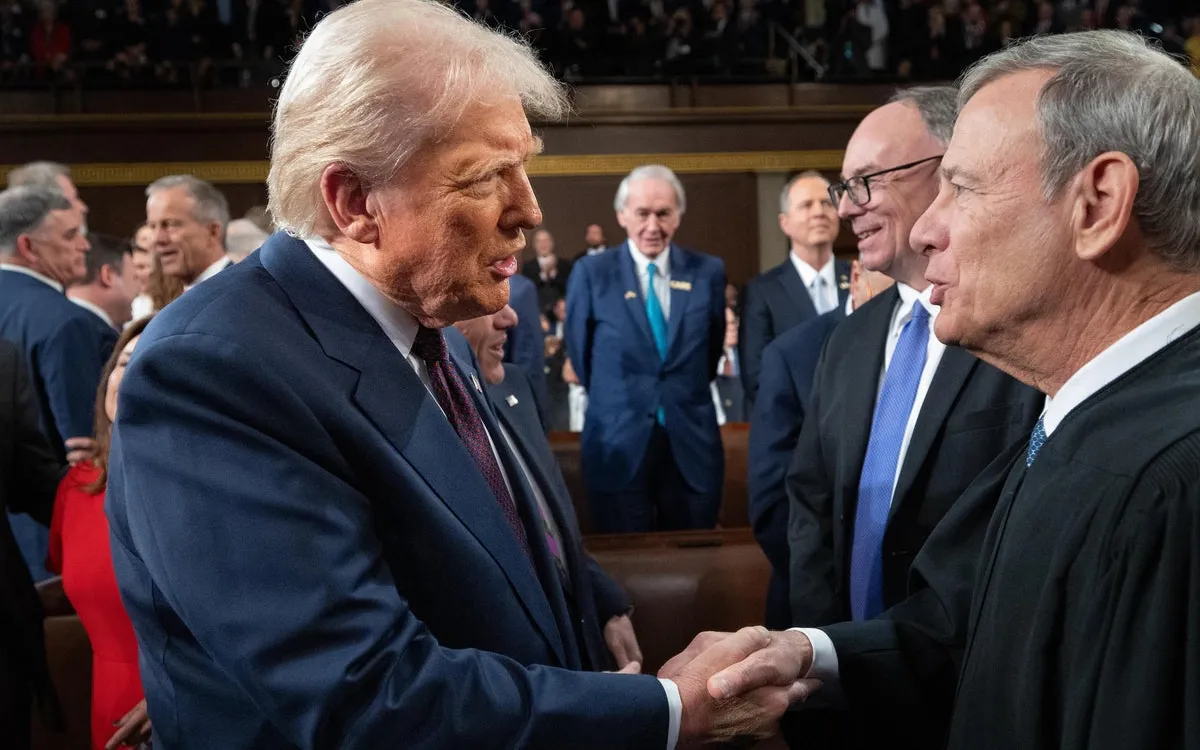
In a significant ruling on Monday, the Supreme Court permitted the Trump administration to proceed with the abolition of the Education Department, resulting in the termination of approximately 1,400 employees. This decision has raised serious concerns, particularly as these workers play a vital role in distributing billions of dollars to schools and ensuring civil rights and disability access in education. With many of these essential functions now at risk, the implications for students and educational institutions across the country are profound.
Legally, the president lacks the authority to unilaterally restructure or dismantle a federal agency, such as the Education Department, which was established and funded by Congress. However, the conservative majority in the Supreme Court allowed Donald Trump to bypass this legal constraint without providing any justification for their ruling. All three liberal justices dissented, highlighting the controversial nature of this decision.
The ruling in McMahon v. New York exemplifies the court's increasing intervention on behalf of the Trump administration using its shadow docket. This practice has become alarmingly routine, granting Trump unprecedented power often without detailed explanations. The implications of this ruling are particularly troubling, as it sets a dangerous precedent allowing the president to dismantle an entire federal agency independently—an act that would have been unthinkable in previous administrations.
This decision reveals a stark double standard in judicial treatment between Republican and Democratic presidents. While Trump is granted expansive powers to dismantle government agencies, President Joe Biden faces significant limitations in executing his presidential responsibilities. The inconsistency raises questions about the judiciary's motivations and the balance of power delineated by the Constitution.
As Justice Sonia Sotomayor noted in her dissent, the swift consequences of this ruling will be catastrophic. The planned purge will dismantle many essential offices within the Education Department, crippling functions that oversee critical programs such as the Individuals With Disabilities Education Act (IDEA), which supports special education for millions of students. Other vital services, including bilingual education and financial aid certification, will also be severely impacted.
The Constitution empowers Congress to create and structure federal agencies like the Education Department, granting it control over staffing and budget decisions. The president is mandated to “faithfully execute” the laws enacted by Congress, and since Congress has not moved to defund or eliminate the Education Department, Trump's actions violate constitutional norms. His administration has neglected to follow established procedures for such drastic measures, asserting executive authority to dismantle an agency without congressional consent.
The ruling reflects a troubling shift in the balance of power, allowing a president to effectively repeal federal laws without congressional input. Legal experts, including Georgetown Law professor Steve Vladeck, have pointed out that the Supreme Court has granted relief to the Trump administration in 100% of the emergency applications filed since April, underscoring a pattern of judicial favoritism.
The recent decisions by the Supreme Court reveal a concerning trend. The conservative justices have consistently rewarded Trump for actions that undermine the law, such as dismantling independent agencies and deporting immigrants without due process. Allowing Trump to eliminate an entire agency further entrenches this unsettling pattern. As questions of legality and fairness arise, the integrity of the U.S. judicial system and the democratic principles it upholds remain in jeopardy.
In light of these developments, it is crucial for citizens to remain informed and engaged. The actions of the Supreme Court and the Trump administration serve as a crucial reminder of the need for checks and balances within our government.